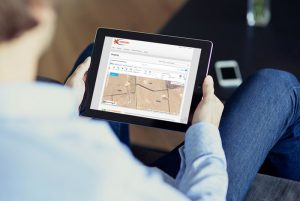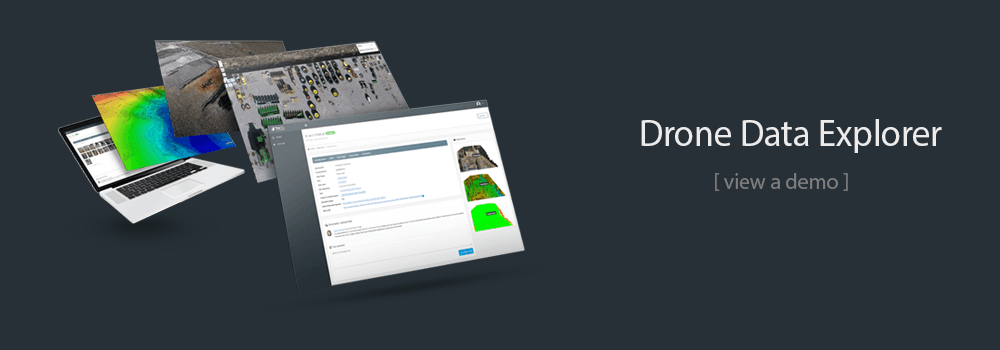Need Aerial Data Collection? Here are Four Things to Consider
As unmanned aerial vehicles (UAVs) start to become more affordable, they are popping up in a number of industry settings where they might not have been practical before. One instance of this phenomenon can be found in land surveying. Aerial data collection has the potential to revolutionize land surveying for the better, but only if you’re careful to go about doing it the right way.
Before you take the plunge on aerial data collection for your land surveying needs, read this blog post for a closer look at several of the things you should keep in mind in order to help you get the best results. These points will help guide you as you look to hire a provider of aerial data collection for land surveying services.
1. Does the Data Provide Survey-Grade Accuracy?
First and foremost, accuracy is the name of the game when it comes to aerial data collection. There may be some areas of your project where “close enough” is good enough, but the accuracy of your survey data should not be one of them. At the end of the day, if your survey doesn’t provide accuracy that you can use to support informed decision making, then all it really is just a pretty picture.
Make sure you work with a land surveying partner that can demonstrate knowledge and experience with the latest drone mapping techniques. In addition, look for a company that has invested in the most advanced data collection technology available.
2. Is the Person Flying the UAV A Certified Pilot?
As mentioned earlier in the post, drones are now more affordable than they have ever been. One of the drawbacks of this fact is that it creates a situation where just about everyone feels that they are qualified to operate a drone. However, just because someone has experience using drones as a hobbyist does not mean that you should trust them to conduct your aerial data collection.
For one thing, working with a sUAS certified pilot is the only way to make sure your organization gets complete and accurate data to support its land surveying efforts. In addition, drones in industry are still highly regulated, which means that you may open yourself up to legal trouble if you choose to work with someone who isn’t a sUAS certified pilot.
3. How Is the Data Going To Be Processed And Stored?
What happens to your survey data after it’s first collected is perhaps just as much of a concern as the actual data collection itself. Accurate data is important, but it can’t do you any good unless it’s processed quickly and correctly, provided to you in a useable format, and stored in a way that makes it easy for you to access in the future.
When you meet with potential providers of aerial data collection services, make sure to spend some time discussing their data processing methods. Ideally, they should be able to provide you with processed and useable data within a time window of 24 to 48 hours. Ensuring prompt turnaround for your land surveying data is an important part of ensuring your project proceeds according to schedule.
4. How Advanced Is The Drone Being Used?

Like everything else in life, the equipment you use for your aerial data collection process matters. Working with a team that has access to the latest in UAV technology is a great way to make sure the data you end up with is accurate, but also gathered quickly and cost effectively.
An example of this can be found in the issue of ground control points. Less advanced UAVs must always set these points in order to ensure accuracy, which can be very time consuming. Newer drones are able to ensure accuracy without them, which leads to a quicker collection process.
To learn more about aerial data collection services, contact the experts at Landpoint today.





